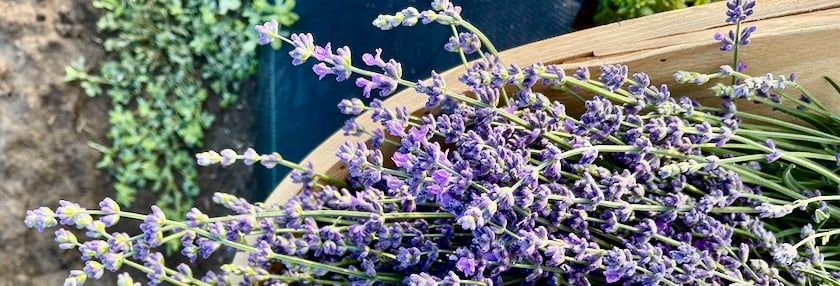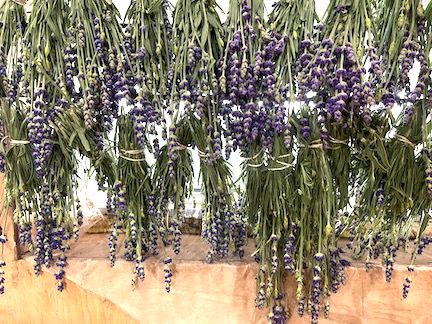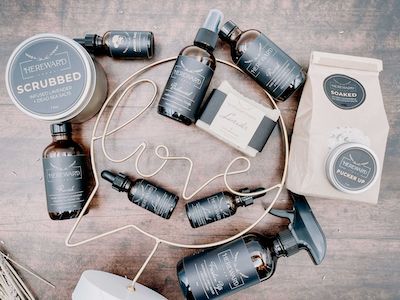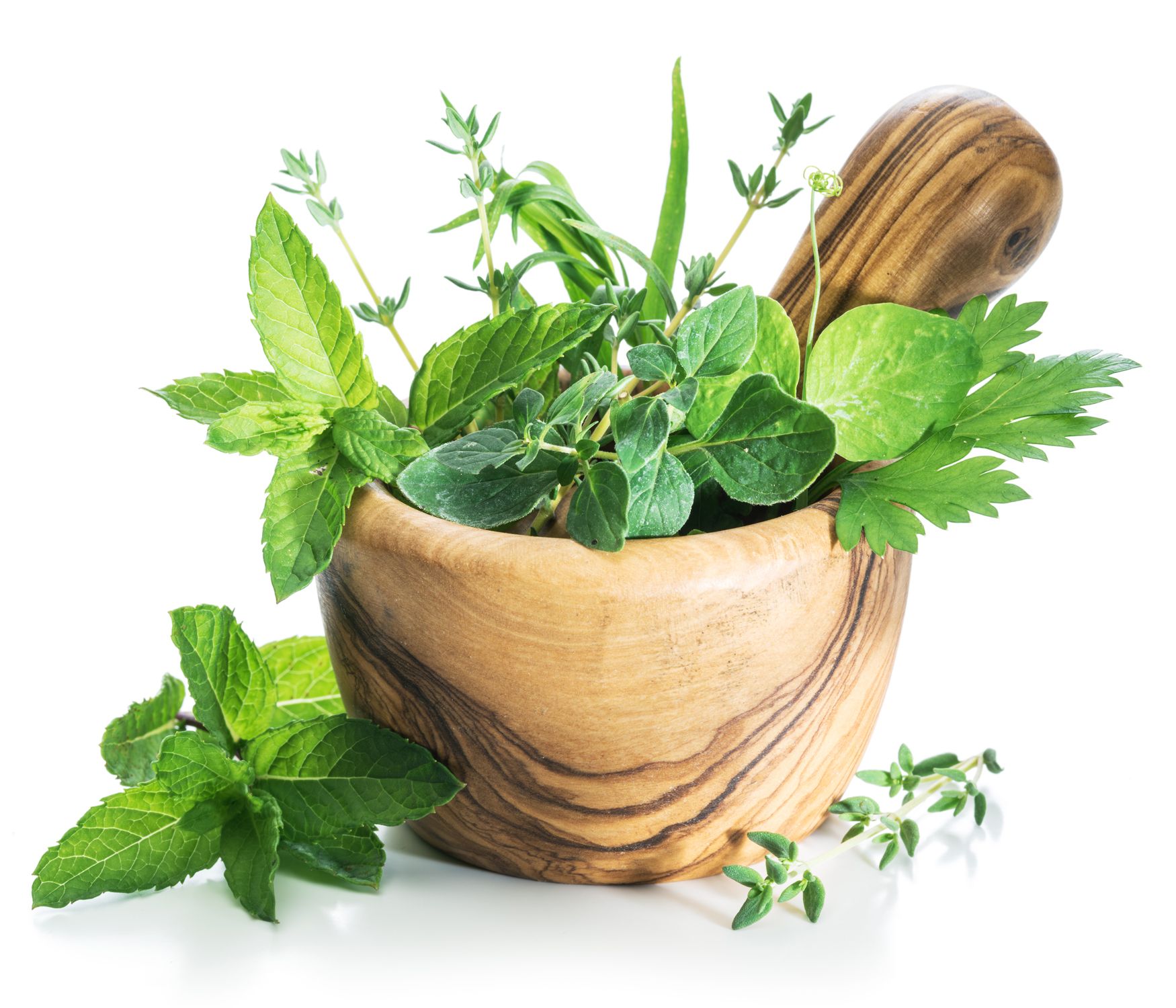Lovely, Lilting Lavender


Grown on the farm to enjoy in your home
Imagine yourself at the end of a summer’s day, being totally, completely, and redolently surrounded by fragrant lavender. Close your eyes, inhale, and enjoy the moment.

These days are coming soon in Julie Thurgood-Burnett’s fields at Hereward Farms outside East Garafraxa, Ontario, a rural commuter suburb near Toronto.
Julie uses the 6,000-plus lavender plants on the farm to make what she calls farm-to-skin boutique skincare products. The spa-quality personal care products are conceived, refined, and made right on her farm.

She offers farm-made products for your bath—body scrubs, bath salts, and soaps, for example—and your skin, including Pucker Up lip balm, body lotions, oils, and serums; and environmental additions like candles, diffusers, sachets, and pillow sprays.
Check out their products and farm history at herewardfarm.com .
It’s an extensive product line by any measure, so Hereward Farm must be a long-standing concern with generations of history, right?
Not even close.
Pandemic opportunities
The farm itself is, indeed, several generations old—the ancestors of Julie’s husband settled there from Ireland in the 1860s, creating the Hamlet of Hereward.
Hereward Farms lavender products are barely two years old.
“It was created on a whim,” Julie proudly admits. After years at a marketing agency, she was “given new opportunities” i.e. terminated and started her own agency, called Green Money Creative. Business was going well, but then the pandemic brought the lockdown in Canada in 2020.

With all the extra time at home, Julie found herself pondering what could be done on the farm’s 150 acres. Wheat, corn, and soybeans were, well, unexciting. She bought 40 lavender plants simply because she always admired the fragrance—and by the summer wondered what on earth she was going to do with all the lavender.
Some online research and classes drove her to create the skincare line.
Growing pains
Julie grows three types of lavender: Munstead and Hidcote, also known as true lavender or English lavender, and a French hybrid called Phenomenal. Munsread and Hidcote are used for products and culinary uses, and Phenomenal is the highest-yielding of essential oils, Julie says.
Growing lavender in Canada? Not a problem, especially when you consider that her area of Ontario is on the same latitude as Provence, France.

“Lavender is a picky plant,” Julie tells us. “She hates wet feet, and she needs well-draining soil.”
The romance of the plant has inspired her, as well. The word “lavender” comes from the latin “lavare,” meaning “to wash.”
‘I think the number one thing for me is how healing lavender is—to the mind and the body.’
And with that, the idea for higher-end, spa-quality products just seemed to be a natural goal.
Production struggles
With the first “big” lavender planting behind them, Jamie already had product plans for the oils and other parts, but like any crop, there is a fair amount of hand work related to getting it to harvest. “Our motto is ‘Do it smarter, not harder,’” she says. ”There was a lot of investment on our part—the planter, the mounder, and mulch layer, as well as the irrigation system.”

Like any garden crop—albeit a really big garden—there is still a lot of labor in irrigation, weeding, and trimming of plants.
Year One of lavender harvest didn’t quite go as envisioned. “I didn’t quite realize how much we had until I went to lay it all out. Let’s just say my husband came home from work and the whole floor of his area of the barn was covered in lavender! Approximately 1000 square feet of lavender and he couldn’t access his tools without tip-toeing around all the flowers for four weeks.”
But the products that first crop provided gave Julie and her family the needed boost and enthusiasm to develop and refine more products from the second year’s crop: lavender-infused salts and scrubs, aromatic oils for face and body, candles and diffuser oils, beard oil for men, and more.

Keeping it local
Julie says that 90 percent of their products are made on the farm, with only the wax candles and soaps outsourced to other women-opened businesses.

They also try to keep things Canadian for products or supplies, and remain steadfastly environmentally conscious. Their containers, for instance, are glass or metal to reduce their plastic footprint.
Production takes place at their Lavender Lounge + Boutique, which is part lounge, part store, and part workspace. In addition to “pick your own lavender” days, Hereward Farm is holding special events throughout the summer, including painting, outside dining in lavender fields, and tours.
In addition to the boutique, Hereward Farm is a Harvest Host RV destination.
Alone or along
In true family-farm fashion, Hereward Farm has mostly family employees.
Julie says “the ‘staff’ help with everything from making products, helping out in the Lavender Lounge + Boutique, setting up events, weeding and planting and even harvesting.

The staff? In addition to Julie and husband Stephen, children are integral to getting the work done. Stephen’s grown daughter Jamie assists in the store and preparing products; college age son Jacob is their delivery person and also helps with packaging or labeling; and daughter Cadence has become Julie’s right-hand assistant.
At age 14, Cadence has proved to be a life-safer as far as production, and even came up with their Pucker Up lip balm.
‘The unmet needs? Natural and good-for-you products with no bull. We are as transparent as you can be—these are luxurious spa-quality products at a price that is affordable, and our customers fall in love with our story.’

Learn more
226-779-4973
Tags:Garden & Landscape

Acreage Life is part of the Catalyst Communications Network publication family.














